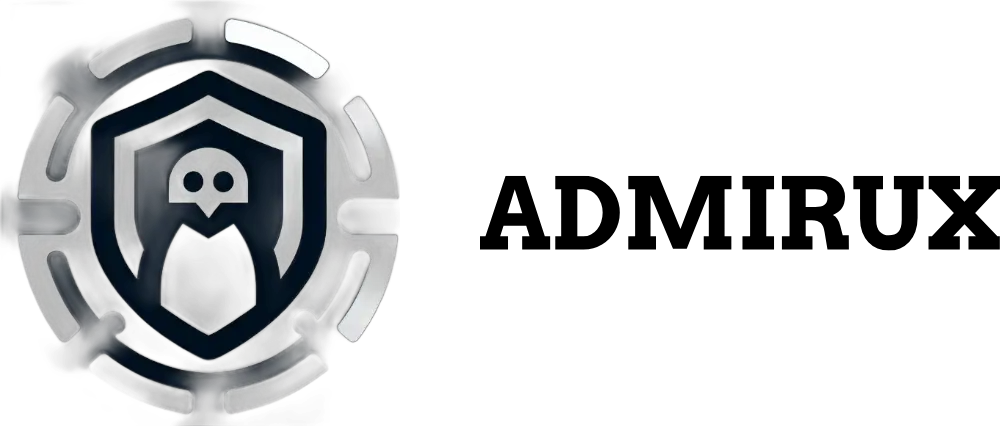Understanding Modification in Cybersecurity: Protecting Data Integrity and System Security
In the world of cybersecurity, modification is a critical concept that touches on various aspects of data integrity, system security, and the overall trustworthiness of digital infrastructures. Modification refers to the unauthorized or unintentional alteration of data, system configurations, or even software code. While it might seem like a straightforward idea, the implications of modification are vast, making it essential for anyone involved in cybersecurity to understand its significance.
In this blog post, we’ll explore what modification means in the context of cybersecurity, provide examples, and discuss its relevance in real-world scenarios.
What is Modification in Cybersecurity?
Modification in cybersecurity generally refers to the unauthorized alteration of data, software, or system configurations. This can happen at various levels, including:
- Data Modification: Changing the contents of files or databases without authorization.
- Software Modification: Altering the code or functionality of software applications, often through malware or unauthorized patches.
- System Configuration Modification: Adjusting system settings or configurations in a way that could compromise security.
Modification is closely linked to breaches in data integrity. Data integrity refers to the accuracy and consistency of data over its lifecycle. When data is modified without proper authorization, its integrity is compromised, leading to potential security risks.
Why is Modification Important in Cybersecurity?
Modification is a critical concern in cybersecurity for several reasons:
- Data Integrity: Ensuring that data remains accurate and unaltered is crucial for trust in digital systems. Unauthorized modification can lead to corrupted data, making it unreliable.
- System Security: Modifying system configurations or software can introduce vulnerabilities. For example, if an attacker modifies a system’s security settings, it could open the door for further exploitation.
- Compliance and Legal Issues: Many industries are governed by regulations that require the protection of data integrity. Unauthorized modifications can lead to legal repercussions and hefty fines.
- Trust: In the digital world, trust is paramount. If users or customers suspect that their data has been tampered with, it can erode trust in the organization, leading to reputational damage.
Examples of Modification in Cybersecurity
Here are some examples of how modification can occur in different scenarios:
Data Modification by Insider Threats
Insider threats pose a significant risk in cybersecurity. These are individuals within an organization who have access to sensitive data and systems. An insider might modify data intentionally, perhaps to commit fraud or sabotage.
Example: An employee at a financial firm gains unauthorized access to the database containing transaction records. They modify several records to cover up embezzlement activities, leading to financial losses and a breach of trust when the modification is eventually discovered.
Software Modification Through Malware
Malware often modifies software to carry out malicious activities. A common example is ransomware, which encrypts a user’s files and demands payment for the decryption key.
Example: A user downloads what appears to be a legitimate software update. However, the update contains ransomware that modifies the operating system’s files, encrypting them and rendering the system unusable. The user is then presented with a ransom demand to restore access to their data.
Modification of System Configurations
System configurations can be modified to weaken a system’s security posture. For example, an attacker might change firewall settings to allow unauthorized access or disable logging to cover their tracks.
Example: An attacker gains administrative access to a web server. They modify the firewall settings to allow traffic from malicious IP addresses that were previously blocked and disable logging, making it difficult for the security team to trace the attacker’s activities.
Unauthorized Modification of Source Code
Source code modification can introduce vulnerabilities or backdoors into software applications. This is often seen in supply chain attacks, where attackers target the software development process to insert malicious code before the software is distributed.
Example: In a supply chain attack, an attacker compromises a third-party library that is widely used in web development. They modify the source code to include a backdoor, allowing them to gain unauthorized access to any system that uses the compromised library.
Website Defacement
Website defacement is a form of modification where attackers alter the content of a website, often replacing it with their own messages or images.
Example: A hacktivist group targets a government website, gains access to the content management system, and modifies the homepage to display a political message.
Detecting and Preventing Unauthorized Modifications
Detecting and preventing unauthorized modifications is a key part of maintaining cybersecurity. Here are some strategies that organizations can use:
Implementing File Integrity Monitoring (FIM)
File Integrity Monitoring (FIM) tracks changes to files and system configurations, alerting administrators when unauthorized modifications occur.
Example: An organization installs FIM software on its critical servers. The software monitors all changes to system files and alerts the security team if any modifications are detected.
Regular Audits and Vulnerability Scanning
Regular audits and vulnerability scanning help identify unauthorized modifications by reviewing system configurations, software versions, and access logs.
Example: A company conducts quarterly security audits of its IT infrastructure, checking for unauthorized changes to system configurations or software installations.
Using Version Control Systems
Version control systems (VCS) like Git track changes to source code, making it easier to identify unauthorized modifications.
Example: A development team uses Git to manage their source code and configure the system to require code reviews before changes are merged into the main branch.
Implementing Access Controls
Access controls are critical for preventing unauthorized modifications by restricting access to sensitive data and systems.
Example: A healthcare organization implements role-based access control (RBAC) to restrict access to patient records, ensuring that only authorized personnel can view or modify these records.
Intrusion Detection and Prevention Systems (IDPS)
Intrusion Detection and Prevention Systems (IDPS) help identify and block unauthorized modifications by monitoring network traffic and system activities for signs of malicious behavior.
Example: A financial institution deploys an IDPS to monitor its network for suspicious activity. The system detects an attempt to modify the firewall settings and automatically blocks the attack.
Real-World Cases of Modification in Cybersecurity
Here are a few real-world examples where modification played a critical role in cybersecurity incidents:
SolarWinds Supply Chain Attack
The SolarWinds attack is a prime example of how software modification can have far-reaching consequences. Attackers compromised the SolarWinds software build process and inserted malicious code into the company’s Orion software, which was then distributed to thousands of customers.
Stuxnet Worm
The Stuxnet worm targeted industrial control systems and modified the code running on programmable logic controllers (PLCs), causing the equipment to malfunction while reporting normal operations to monitoring systems.
Target Data Breach
In the Target data breach, attackers modified the point-of-sale (POS) system to capture customers’ payment card information, leading to the theft of millions of credit and debit card records.
Conclusion
Modification—whether unauthorized or unintentional—poses significant risks in cybersecurity. It can compromise data integrity, weaken system security, and lead to severe financial and reputational damage. Understanding how modification occurs and implementing strategies to detect and prevent it is essential for safeguarding digital assets.
By employing tools like File Integrity Monitoring, version control systems, and access controls, organizations can better protect themselves against the risks associated with modification. Remember, in cybersecurity, vigilance is key—always stay one step ahead by being proactive in preventing unauthorized modifications.
For more tips and insights into cybersecurity, stay tuned to ADMIRUX REPOSITORIES at blog.admirux.com, where we explore critical topics that can help you strengthen your cybersecurity posture.
Share via:

